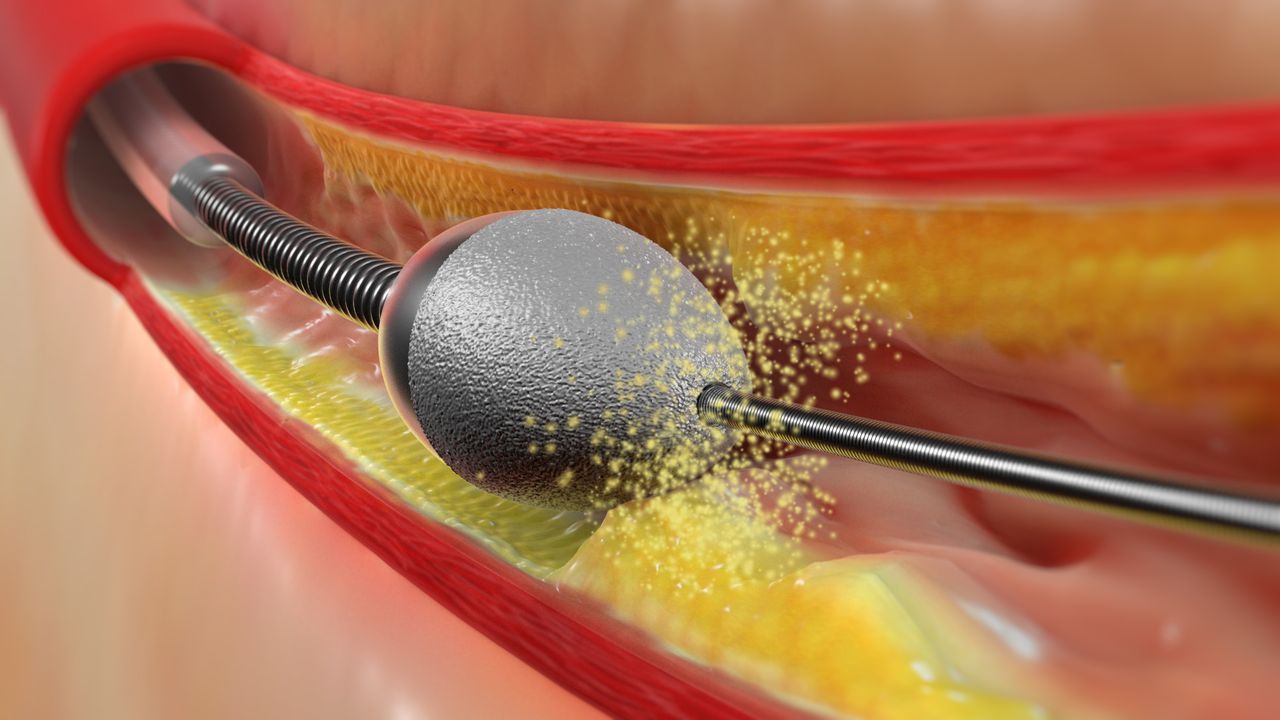Rotational Angioplasty and Atherectomy in India
Rotational Angioplasty and Atherectomy in India
Understanding Rotational Angioplasty
Rotational angioplasty addresses coronary artery disease by removing plaque from arteries. During this procedure, doctors use a specialized catheter with a diamond-coated tip, known as a Rotablator. This device spins rapidly to grind away plaque, which is then flushed out of the bloodstream. Consequently, blood flow improves, and symptoms related to coronary artery disease diminish. This technique proves beneficial for patients with complex blockages that other treatments might not resolve.
Benefits and Accessibility in India
Rotational angioplasty effectively clears hardened plaque from coronary arteries, thereby restoring proper blood flow and reducing the risk of heart complications. This procedure is part of percutaneous coronary interventions, alongside balloon angioplasty and stenting. In India, advanced cardiac care centers offer this procedure at a relatively affordable cost compared to industrialized countries. Although the cost varies based on the hospital and the complexity of the blockage, patients find it accessible.
What is Atherectomy?
Atherectomy involves removing atheromas, which are abnormal fat deposits on arterial walls that restrict blood flow. This condition can lead to serious complications like atherosclerosis. During atherectomy, doctors use a catheter with specialized tools to excise or grind away these deposits, thereby restoring normal blood flow.
Types of Atherectomy
- Directional Atherectomy: This technique uses a cutting blade on the catheter to scrape plaque away from the arterial wall. A separate channel in the catheter collects and removes the debris. This method is typically used for peripheral arteries.
- Laser Atherectomy: This method employs a high-energy laser to vaporize or melt plaque material. The catheter tip, equipped with a laser, effectively clears the blockage.
- Rotational Atherectomy: Here, a rapidly spinning cutting tip on the catheter pulverizes plaque into small particles. The bloodstream then carries these particles away.
- Orbital Atherectomy: The most advanced method, it uses a high-speed rotational device with a modified tip to remove plaque efficiently. This technique offers greater precision compared to traditional methods.
Conclusion
Both rotational angioplasty and atherectomy are essential for treating coronary artery disease and managing atherosclerosis. In India, these procedures use cutting-edge technology to provide effective solutions for patients with complex cardiovascular issues. The affordability and availability of these treatments make them viable options for those in need of advanced cardiac care.





